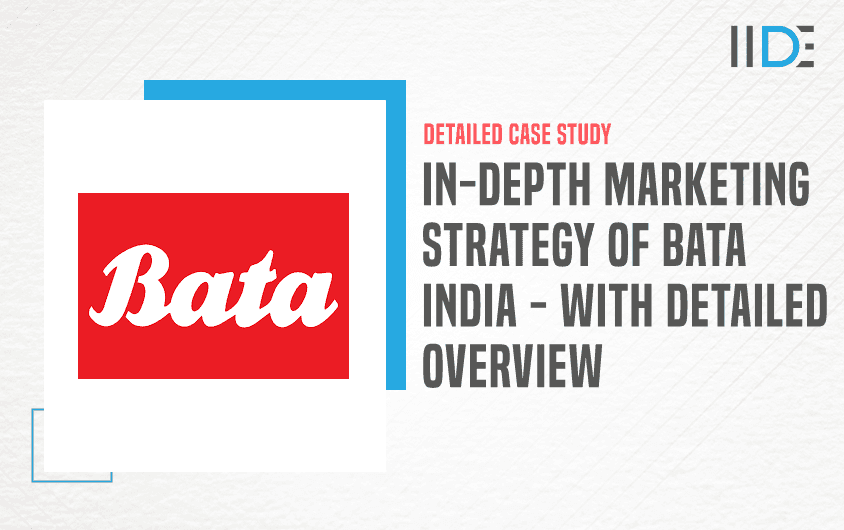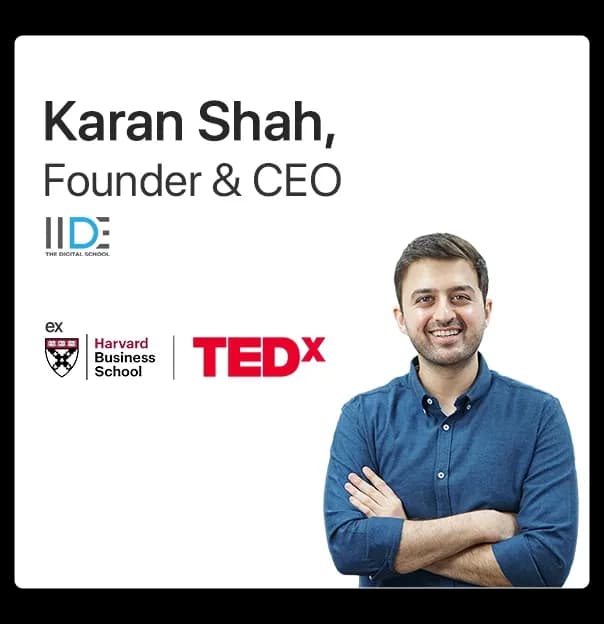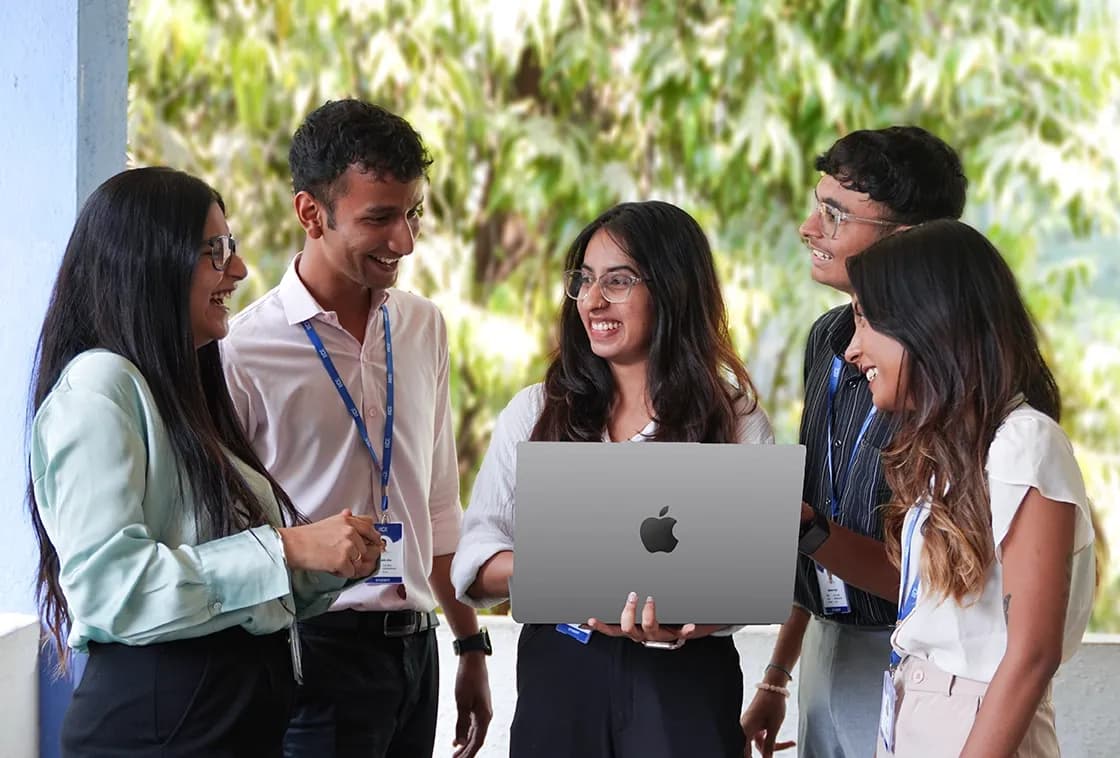Join an online Q&A session with the Director of Student Success to explore what your experience as an IIDE student will be like. Register Now.

Updated on Dec 11, 2025
|3,157K+ views
Share on:
Bata India has maintained its strong foothold as a global leader in footwear, with a robust strategy that combines traditional marketing channels and modern digital tactics. Their focus on customer experience, sustainable growth, and omnichannel strategy has led to significant expansion, particularly in India. Bata's marketing approach stands as an example of leveraging both old-school tactics and innovative digital solutions to stay relevant in the competitive retail space.
About Bata India

Bata India is part of the Bata Shoe Organisation, which has a rich history dating back to 1894. Founded by Tomas Bata in Czechoslovakia, Bata expanded to India in 1931.
With a presence in over 70 countries, Bata has solidified its position as one of the largest footwear retailers globally.
Bata's overall marketing objective revolves around increasing customer engagement and enhancing brand loyalty by focusing on affordability, comfort, and style.


Learn Digital Marketing for FREE


Marketing Objective or Business Challenge
Bata’s primary challenge was to reposition itself from being a traditional footwear retailer to a brand that appeals to millennial and Gen Z consumers. This required a strong digital transformation, embracing social media, e-commerce, and influencer marketing to stay relevant in a digital-first world.
The brand’s goal was to boost brand awareness and expand its consumer base in India and abroad, focusing on sustainable and eco-friendly initiatives, much like Puma's marketing strategy.
Buyers Persona:

Mohit Chauhan
Mumbai, India
Occupation: Brand Manager
Age: 29
Motivation
Interest & Hobbies
Pain Points
Social Media Presence
Marketing Channels Used by Bata India
Digital Marketing
SEO: Bata focuses heavily on SEO to drive organic traffic, especially for its e-commerce platform. We found the data pretty impressive.
Data taken from Semrush

Social Media: Instagram, Facebook, and YouTube are Bata's primary platforms for engagement. Their content mixes product showcases with lifestyle and sustainability messaging.
Influencer Marketing: Bata collaborates with influencers and Bollywood celebrities like Kartik Aryan to promote its products. The use of influencers is critical for Bata to reach the younger audience who seeks authenticity.
Traditional Marketing
TV Ads: Bata uses television ads for mass outreach, especially during festive seasons like Diwali.
In-store Promotions & Events: Bata hosts exclusive events and in-store sales that engage consumers and drive foot traffic to their physical locations.
Bata India Marketing Strategy Breakdown
1. Digital Marketing
- SEO & Content Marketing: Bata focuses on building an organic digital presence, publishing informative blogs and engaging social content about footwear care and fashion trends
- Social Media Strategy: Bata uses Instagram and Facebook to target the younger audience with trendy, eco-friendly campaigns. They also implement sponsored posts, reels, and stories to maintain engagement
2. Influencer Marketing
Bata works with fashion influencers and celebrities to amplify its reach, especially on platforms like Instagram and YouTube.
Influencers promote Bata’s collections while linking them to sustainable fashion trends, resonating well with eco-conscious consumers.
3. App Marketing and Push Notifications
Bata’s mobile app allows customers to browse collections, access loyalty programs, and receive personalised offers. Push notifications keep customers updated on new arrivals, sales, and promotions.
4. Omni-Channel Strategy
Physical and Online Integration: Bata offers a seamless shopping experience with the ability to order online and pick up in-store. They also provide free returns and exchanges for online purchases, enhancing the customer experience.
Results & Impact
Sales Growth: Bata witnessed a steady increase in online sales, particularly during festive seasons. The introduction of eco-friendly collections contributed to a significant uptick in revenue.

Social Media Engagement: Bata’s Instagram and YouTube engagement saw a 30% increase in followers over the last year, especially after influencer partnerships.
Brand Loyalty: Bata's loyalty program saw an 18% increase in customer retention rates due to targeted email marketing campaigns.
Sustainability Impact: The brand's sustainable collection contributed to its brand image as an eco-friendly retailer, which resonated more with Gen Z consumers.
We think you might like reading the business model of Nike since you've come this far in the blog!
What Worked & Why
Omni-Channel Strategy: Bata’s integration of both physical and online stores allowed it to bridge the gap between traditional retail and modern e-commerce. This led to enhanced customer loyalty and repeat purchases.
Influencer Partnerships: Leveraging influencers helped Bata connect with a younger, digitally native audience while reinforcing its messaging on sustainability.
Social Media Engagement: Bata’s focus on Instagram and Facebook, platforms popular with its target demographic, helped it expand its reach while staying relevant.
What Did Not Work & Why
Limited E-Commerce Reach: While Bata’s online presence is growing, it still lags behind competitors in terms of complete digital integration. Some customers find the online shopping experience less streamlined compared to other e-commerce giants.
Brand Repositioning Challenges: Bata's efforts paid off with the younger generation with its marketing tactics. However, the older generation felt alienated from connecting with it.
IIDE Student Recommendations: Key Areas for Brand Improvement
Enhanced E-Commerce Experience: Improving the online shopping experience, including better navigation, faster checkout, and a more intuitive mobile app, will help Bata increase its online sales and conversion rates.
Expanding Digital Ads: Bata could invest more in Google Ads and YouTube advertising, considering their increased focus on younger consumers.
Interactive Digital Campaigns: Bata can launch interactive social media campaigns and contests that encourage user-generated content, increasing brand engagement and user interaction.
Sustainability Transparency: Bata can benefit from providing more detailed information on their sustainability initiatives through dedicated content and storytelling on their website and social media.
Want to Know Why 2,50,000+ Students Trust Us?
Dive into the numbers that make us the #1 choice for career success

MBA - Level
Best For
Fresh Graduates
Mode of Learning
On Campus (Mumbai & Delhi)
Starts from
Jan 5, 2026
Duration
11 Months
Live & Online
Best For
Working Professionals
Mode of Learning
Online
Starts from
Jan 5, 2026
Duration
4-6 Months

Online
Best For
AI Enthusiasts
Mode of Learning
Online
Duration
5 Months

Offline
Best For
12th Passouts
Mode of Learning
On Campus (Mumbai)
Duration
3 Years
Recent Post
Aditya Shastri leads the Business Development segment at IIDE and is a seasoned Content Marketing expert. With over a decade of experience, Aditya has trained more than 20,000 students and professionals in digital marketing, collaborating with prestigious institutions and corporations such as Jet Airways, Godrej Professionals, Pfizer, Mahindra Group, Publicis Worldwide, and many others. His ability to simplify complex marketing concepts, combined with his engaging teaching style, has earned him widespread admiration from students and professionals alike.
Aditya has spearheaded IIDE’s B2B growth, forging partnerships with over 40 higher education institutions across India to upskill students in digital marketing and business skills. As a visiting faculty member at top institutions like IIT Bhilai, Mithibai College, Amity University, and SRCC, he continues to influence the next generation of marketers.
Apart from his marketing expertise, Aditya is also a spiritual speaker, often traveling internationally to share insights on spirituality. His unique blend of digital marketing proficiency and spiritual wisdom makes him a highly respected figure in both fields.
